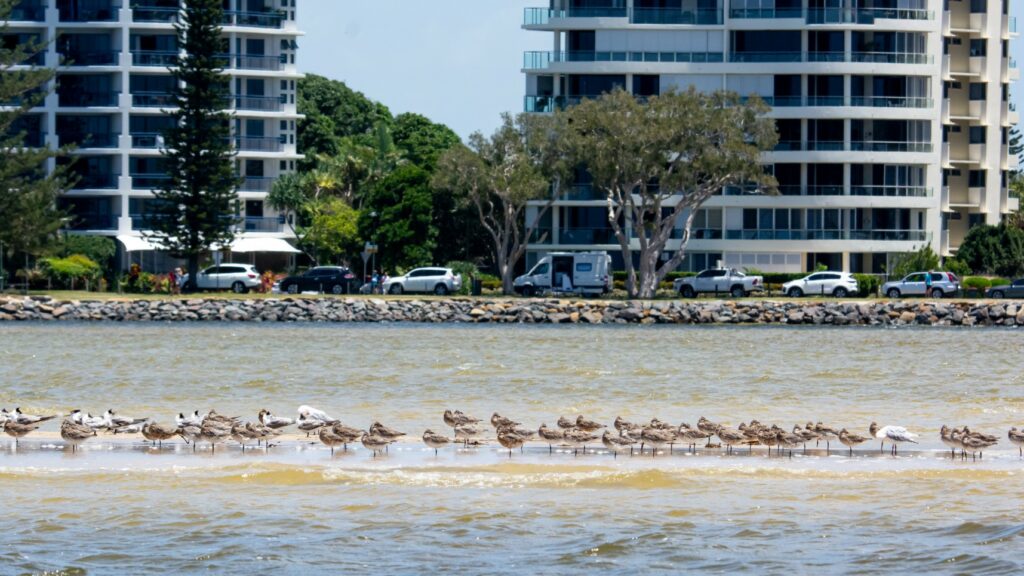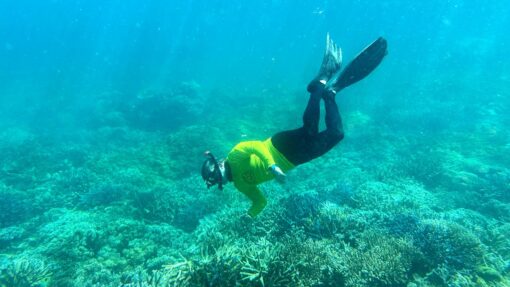Birds make record journeys to the Sunshine Coast
Richard Dinnen - Queensland Editor |

Queensland’s Sunshine Coast has long been a popular visitor destination, but some recent arrivals have made epic journeys to get there.
Waves of migratory birds have begun arriving in the region after 10,000-kilometre flights from the Arctic, tired, hungry, and vulnerable.
The Sunshine Coast Council is urging people to look out for the birds. Environment Councillor, Maria Suarez, said migratory birds need room to rest and feed.
“We need to give these birds space to rest and recuperate.
“Any disturbance while feeding or resting can cause them to fly off and waste precious energy.
“Shorebirds are easily disturbed by people, dogs, vehicles, and watercraft getting too close to the birds and causing them to fly away.
“Beachgoers can help to share our coast with the shorebirds by observing from a distance using binoculars, choosing a location away from the birds for your activities, keeping dogs under control, and taking rubbish home.”
Migratory shorebirds are among the world’s most threatened species. They fly from Siberia and Alaska to spend the summer resting and feeding on the Sunshine Coast shoreline.
They spend most of their time feeding on the mudflats and sandbanks of the Pumicestone Passage and Maroochy River, building up body weight for the long journey back to their breeding grounds in the northern hemisphere.
Four species of migratory shorebirds are most commonly found on the Sunshine Coast, the critically endangered Far Eastern Curlew, Whimbrels, Pacific Golden Plovers, and Bar-tailed Godwits.
The Godwit is a world record holder for endurance flying, travelling non-stop for ten days or more on their flight from Alaska to Australia.
The Sunshine Coast is also home to resident shorebirds, such as the Beach Stone curlew, the Sooty Oystercatcher, Red-capped Plovers, and the Australian Pied Oystercatcher.




